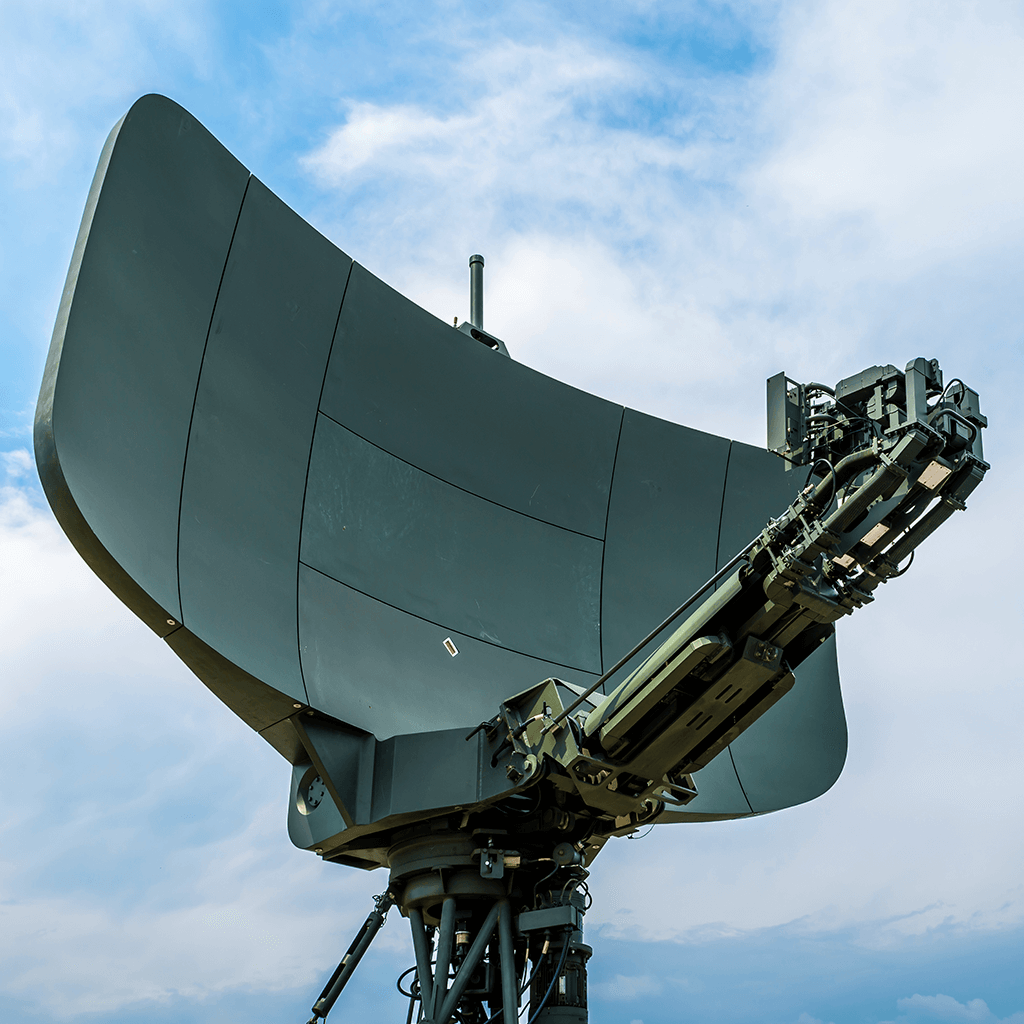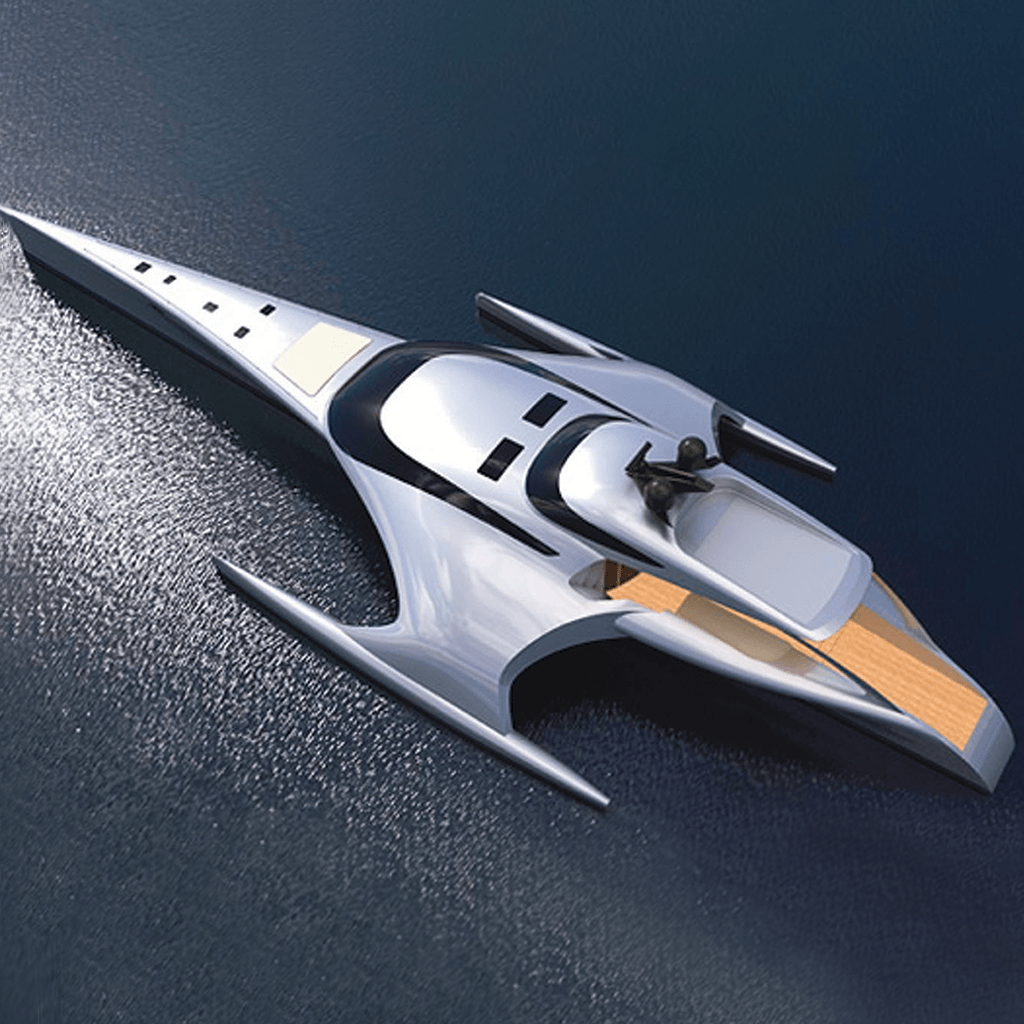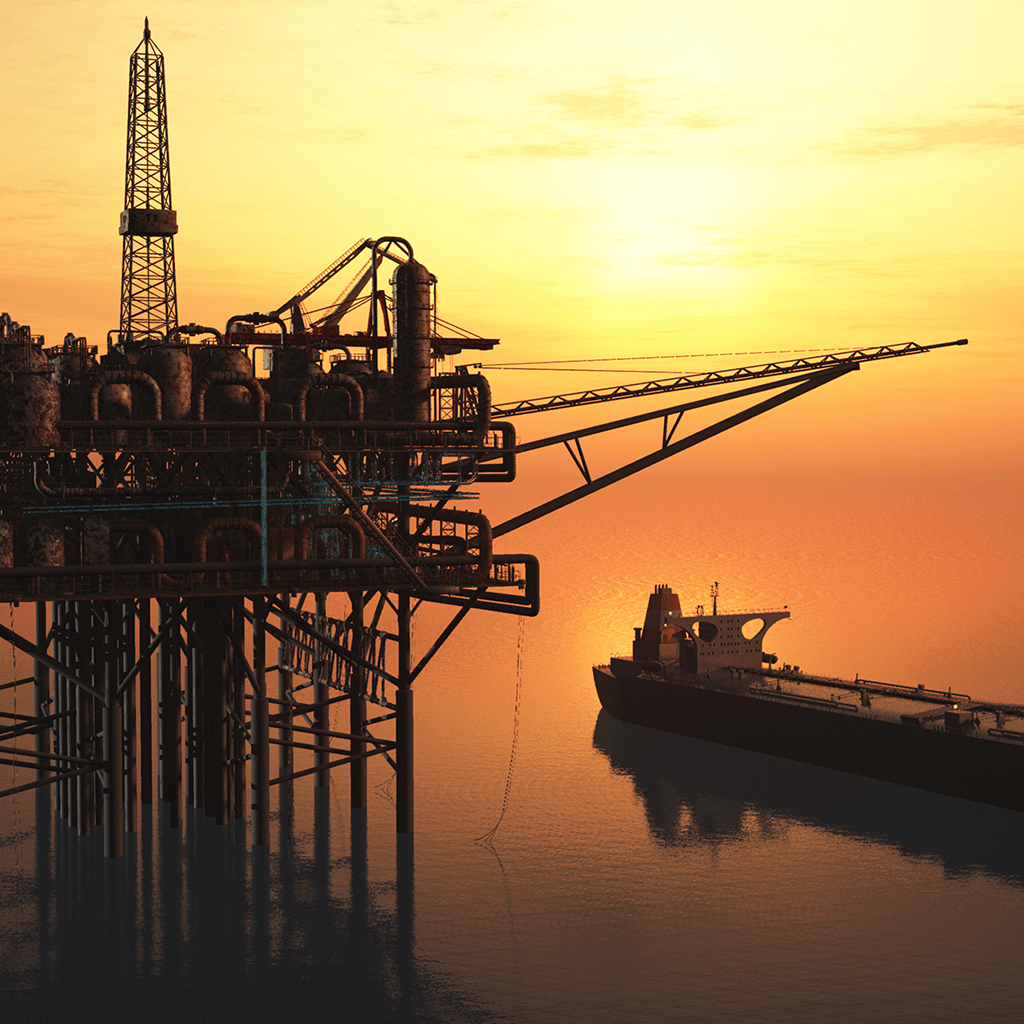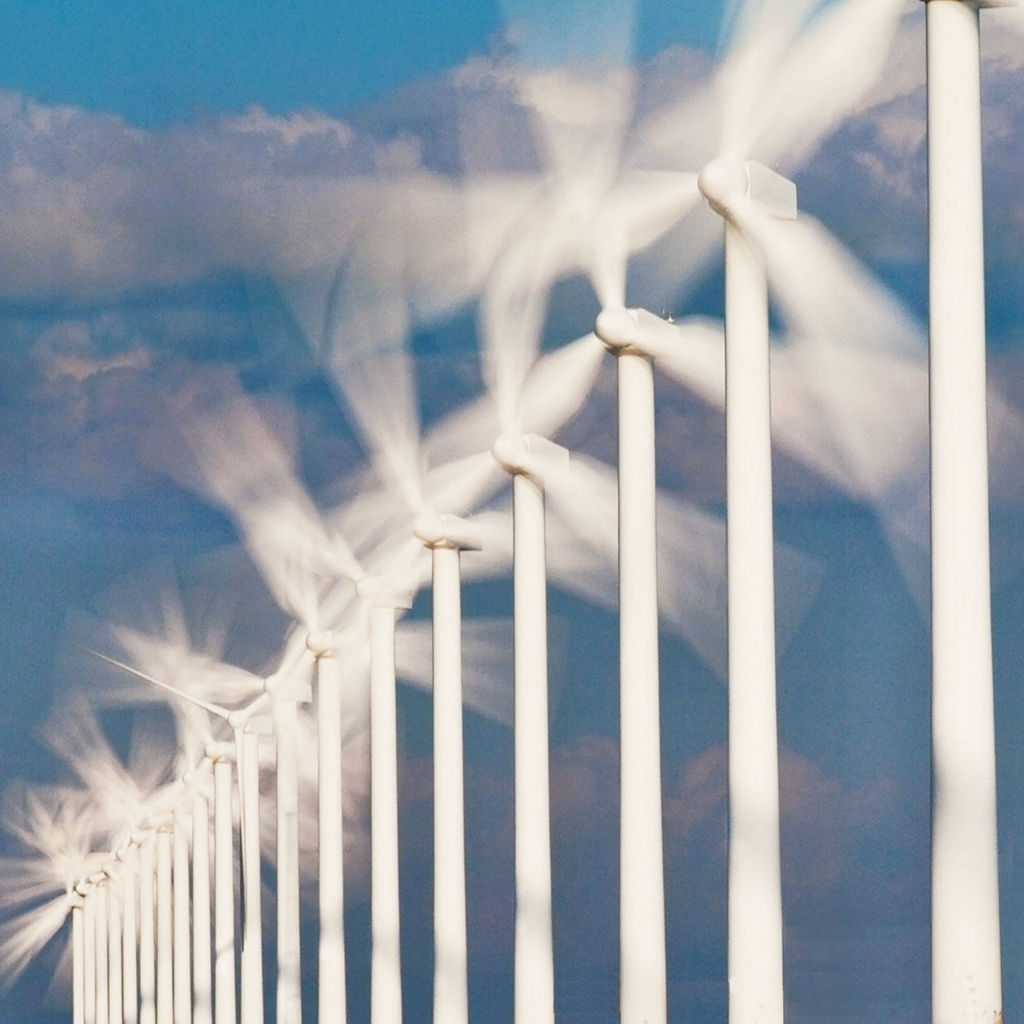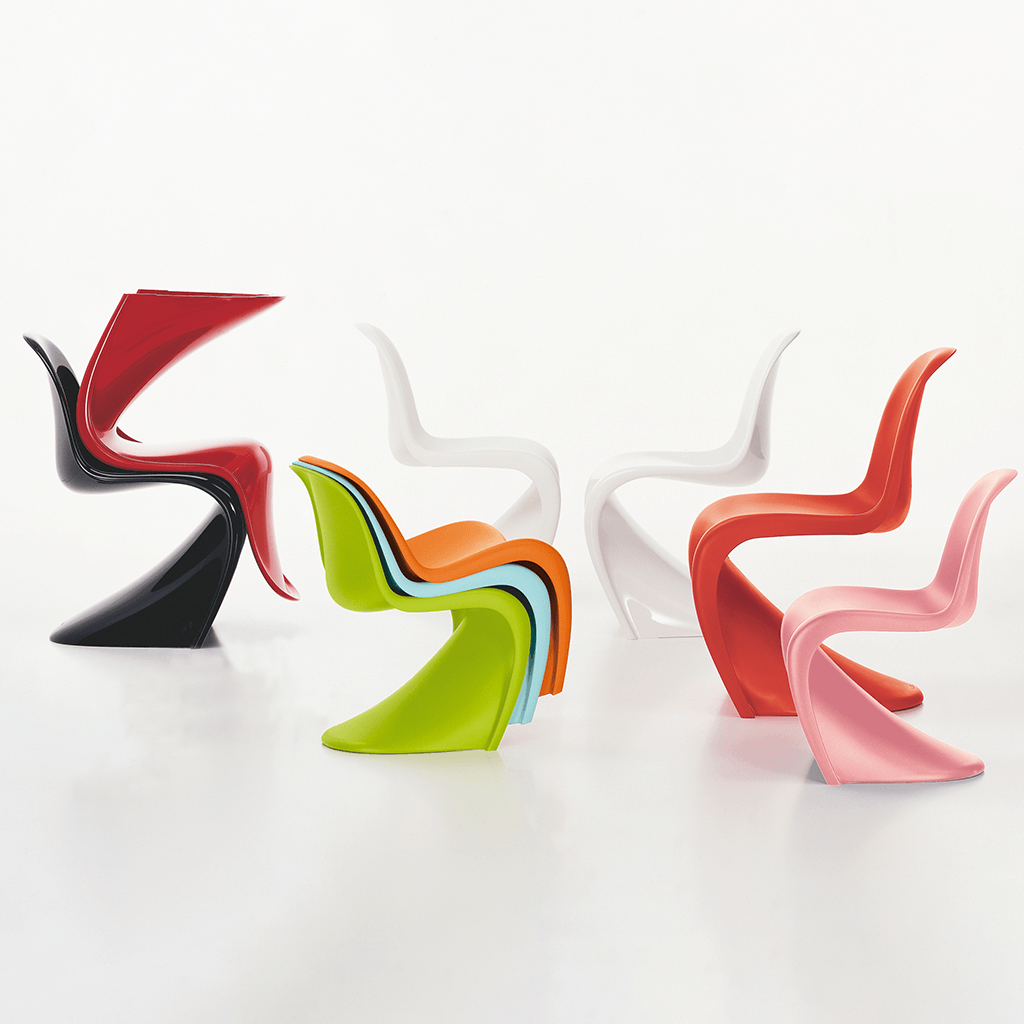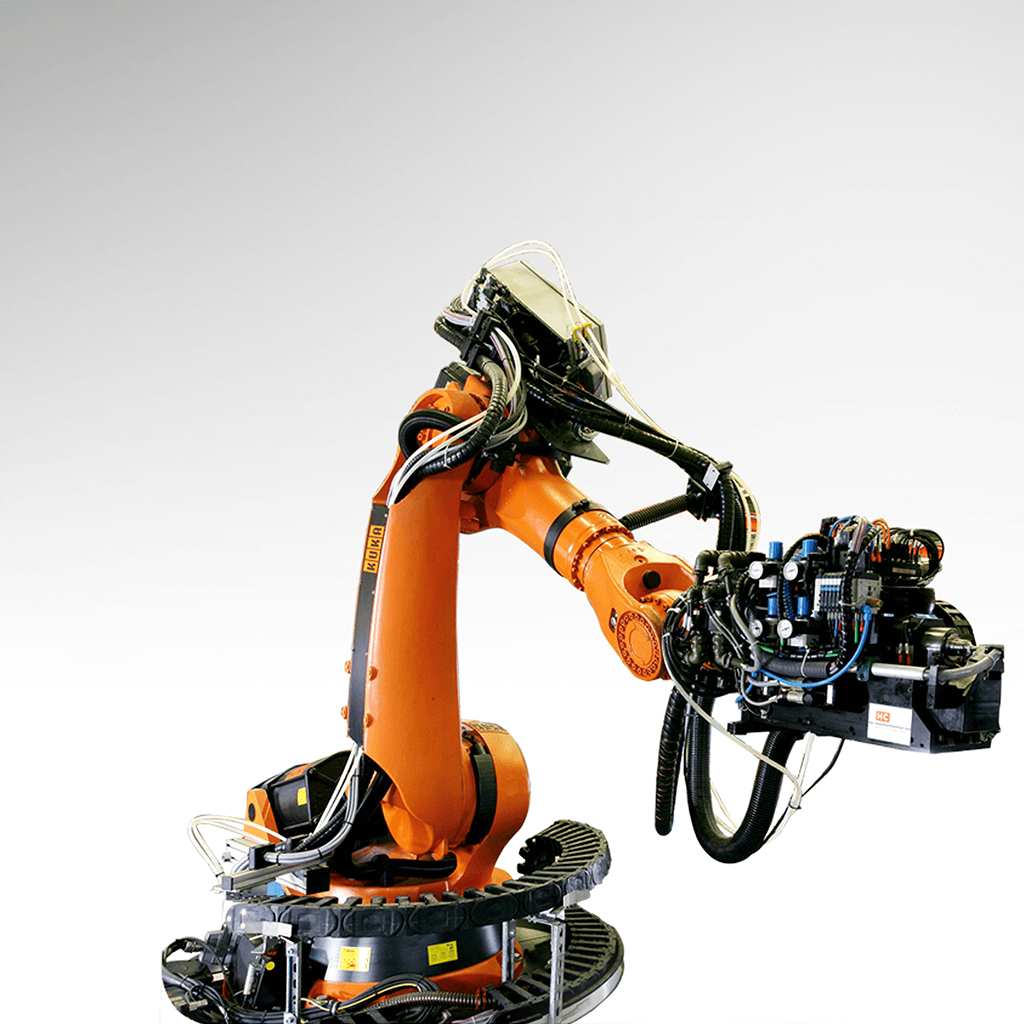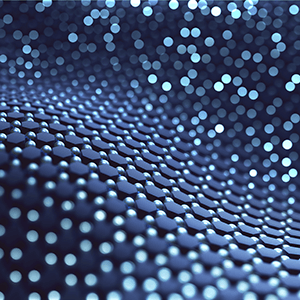The first industrial butterfly valve with an Environmental Product Declaration (EPD)
What is less impactful on the environment – metal or plastic? The leading flow solutions provider worldwide has commissioned a Life Cycle Assessment for the plastic Butterfly Valve 565 by an independent party. In addition, a comparative LCA study was conducted with a comparable metal valve. The result: The impact on climate change of the plastic valve is over 25 % lower than that of the metal valve.

Due to their high resistance to corrosion and low weight, plastic butterfly valves have already proven to be superior to metal valves in many ways. Their lifetime is up to three times longer, and they are more cost-effective. Now, a study shows that they also have a much lower impact on the environment.
GF Piping Systems proactively takes responsibility for environmental protection during day-to-day business. The company regularly commissions environmental performance evaluations for its piping systems as well as its additional products and therefore gains valuable insights into the climate impact throughout all phases of their lifecycle.
Swiss Climate AG – a sustainability consultancy based in Switzerland – was commissioned to analyze the environmental performance of the Butterfly Valve 565 and compare it to an alternative metal valve installed within an overarching piping system for the same duration of service time (23 years). The plastic-composite valve is almost maintenance-free and has a very high resistance against corrosion. When comparing two systems, one with the installation of the metal alternative and the other with the installation of the plastic solution, significant environmental benefits result from the longer service life of the Butterfly Valve 565:
- The 565 emits 75% fewer greenhouse gases throughout the production phase (raw material procurement and transport, production), the construction phase (transport and installation), and the end-of-life phase (transport, waste processing, and disposal).
- The plastic valve has an estimated 33% lower impact on climate change during the production phase compared to the metal valve.
- Throughout the entire lifecycle, the Butterfly Valve 565 requires an estimated 21% less water.
- Due to its low weight, transporting the Butterfly Valve 565 to the customer emits an estimated 50% fewer greenhouse gases.
“The clarity of the results validates our commitment to use plastic flow solutions in order to make the transport of water more sustainable – from industry applications all the way to the maritime sector”, Jochen Hamburger comments proudly. He is a product manager at GF Piping Systems and is responsible for the environmental performance of his butterfly valve. “Every company can improve their sustainability by using our 565”, Hamburger adds. After all, the Butterfly Valve 565 by GF Piping Systems is the first industrial valve to obtain the important EPD certification in accordance with the requirements of the International EPD® System.
With the new product, which was launched in early 2021, the company has already set the bar high with regard to cost-effectiveness, as the initial investment has been greatly reduced and is now similar to products made of metal. Due to lower maintenance costs, the Butterfly Valve 565 is now one step ahead. In addition to sustainability and cost-effectiveness, GF Piping Systems has also put a strong focus on modularity. Among other things, customers can choose between electric and pneumatic actuators or add a smart actuator that can be controlled and monitored remotely. Furthermore, a variety of sensors can be connected, which add another layer of functionality. The Butterfly Valve 565 paves the way for a more sustainable future for flow solutions.
Materials
The materials of the different components of the valve are listed below:


